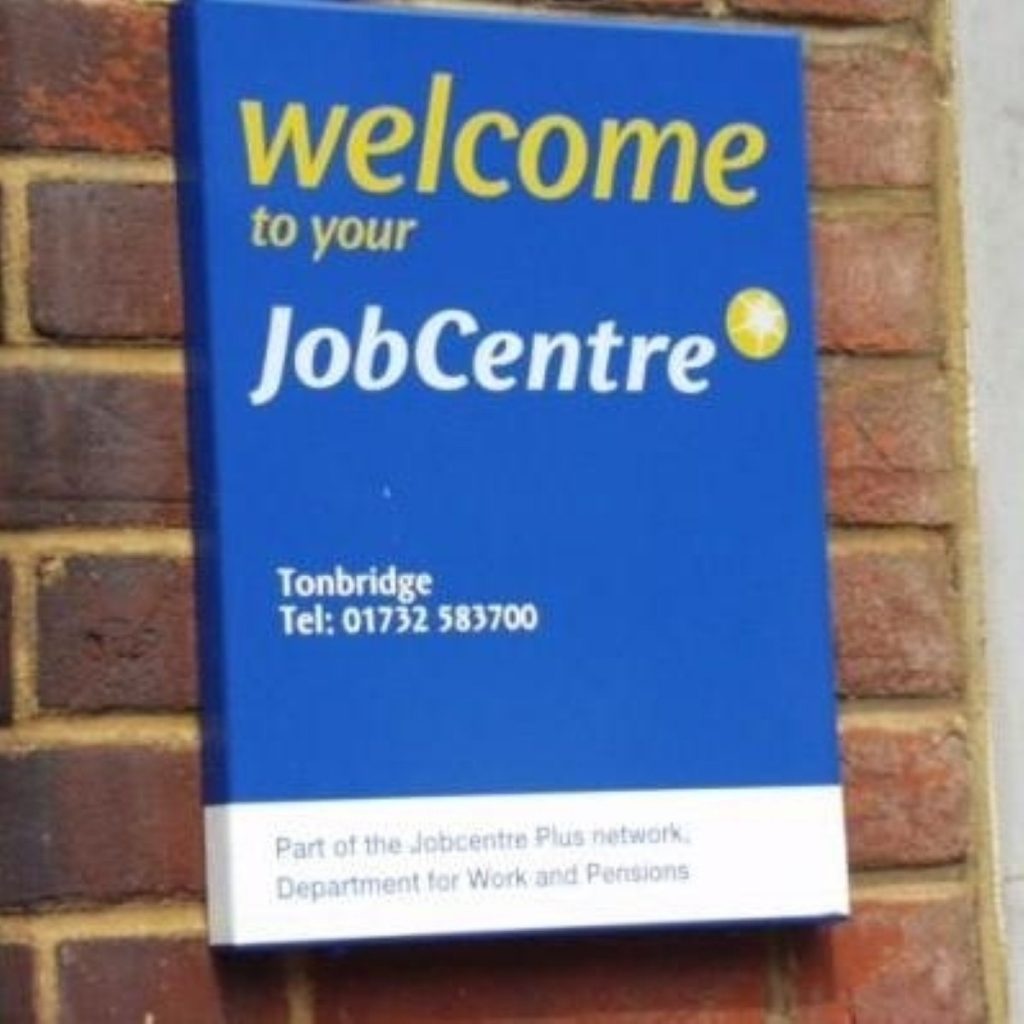Unemployment continues to fall
Unemployment levels are continuing to fall and employment is still going up, the latest figures from the Office for National Statistics (ONS) show.
The claimant count, which measures the number of people claiming Jobseekers’ Allowance, has gone down by 5,500 in the last month to 943,000, although this is still 35,000 more people on the dole than this time last year.
Last month saw an unexpected fall in the claimant count after months of increases, and today’s figures show this trend continuing.
Under the government’s preferred measure, ILO unemployment, joblessness has fallen by 29,000 over the past three months. There are now about 1.67 million officially classed as out of work, or 5.5 per cent of the population.


At the same time, the number of people in work continues to rise. Employment is up by 14,000 on the last three months and up 274,000 on the year. There are now just over 29 million people holding down jobs, about 74.6 per cent of the working age population.
Employment minister Jim Murphy welcomed the figures, saying they provided a “picture of a strong labour market – employment up, unemployment down and the numbers on benefits falling”.
He said: “The UK already has the highest employment rate of the G8, but we are determined to reach our long-term aim of an 80 per cent employment rate and to break for good the cycle of poverty and benefit dependency.”
Mr Murphy reiterated the government’s commitment to get one million people currently claiming incapacity benefit back into work. Measures to achieve this are currently going through parliament as part of the welfare reform bill.
However, a report from the public accounts committee yesterday warned that current work programmes for disabled people must be stepped up if ministers were to have any hope of reaching this target.
Today’s figures come after the ONS yesterday revealed CPI inflation rose to three per cent last year – the highest for ten years. RPI inflation, which is used to calculate pay increases, is at 4.4 per cent – the highest since 1991.
Opposition parties warned that people would begin to feel the pinch of increased cost of living and higher mortgage costs, a problem that would be made worse if unemployment rose any further.

